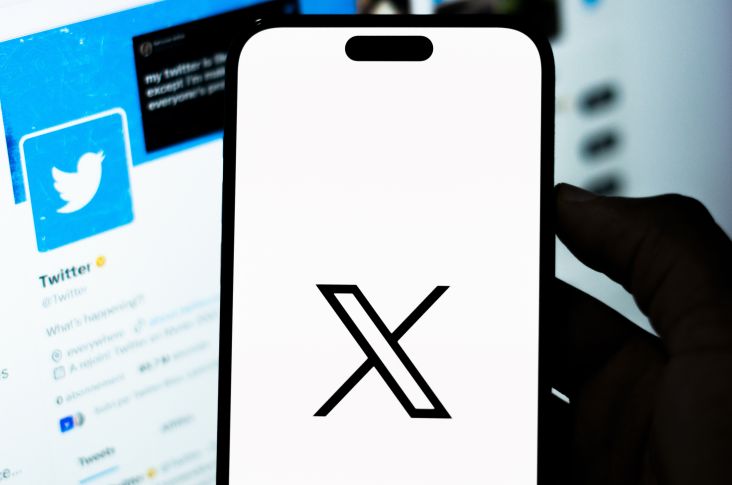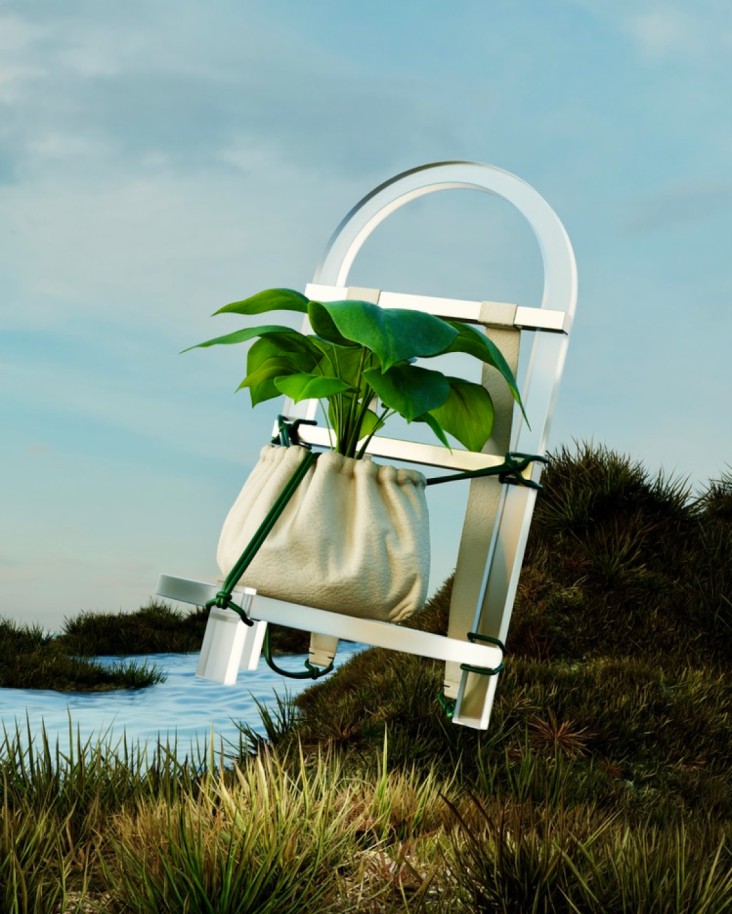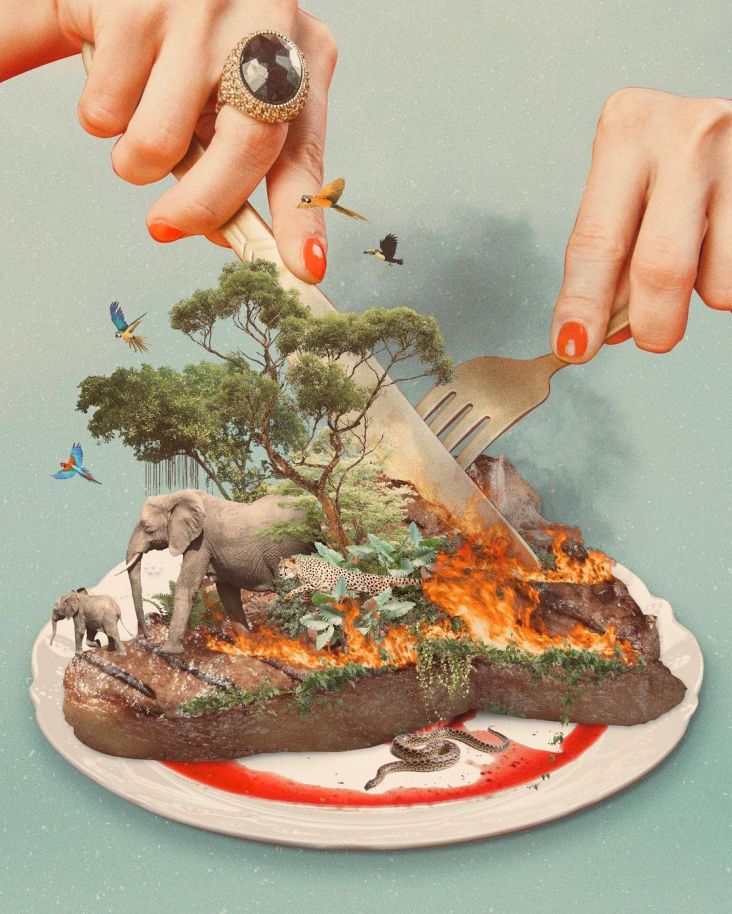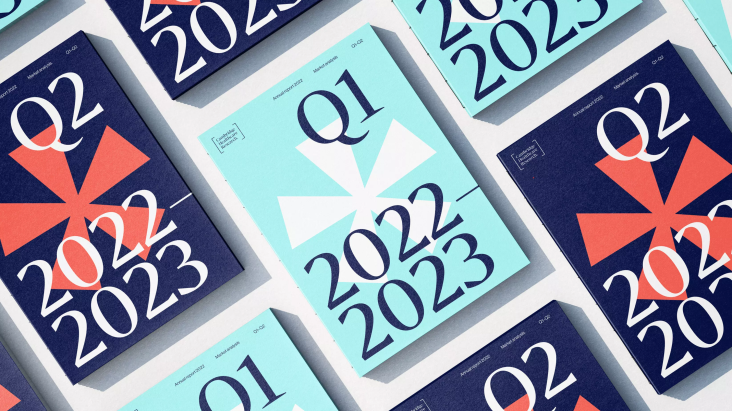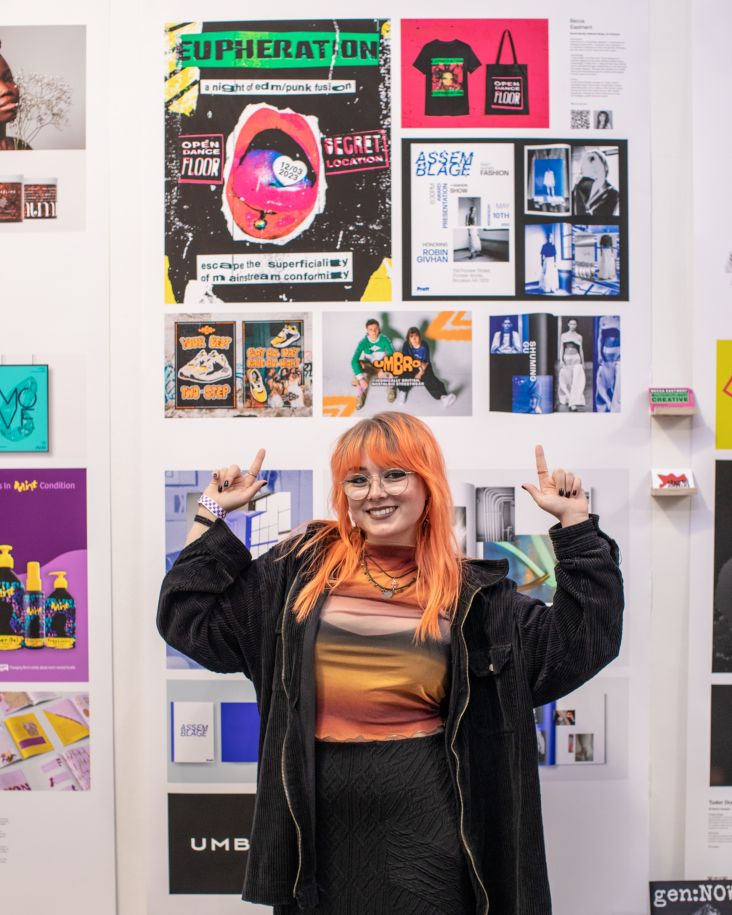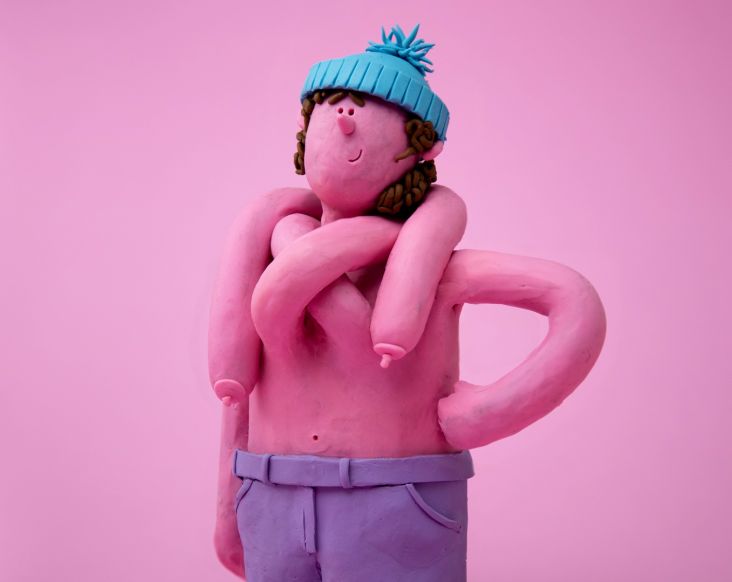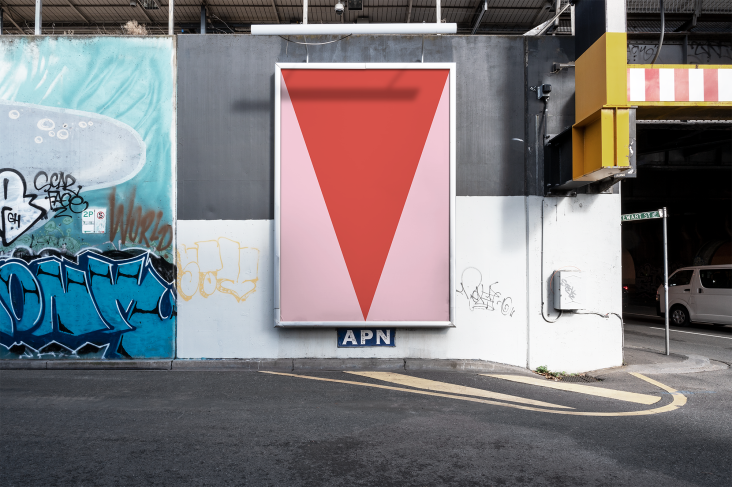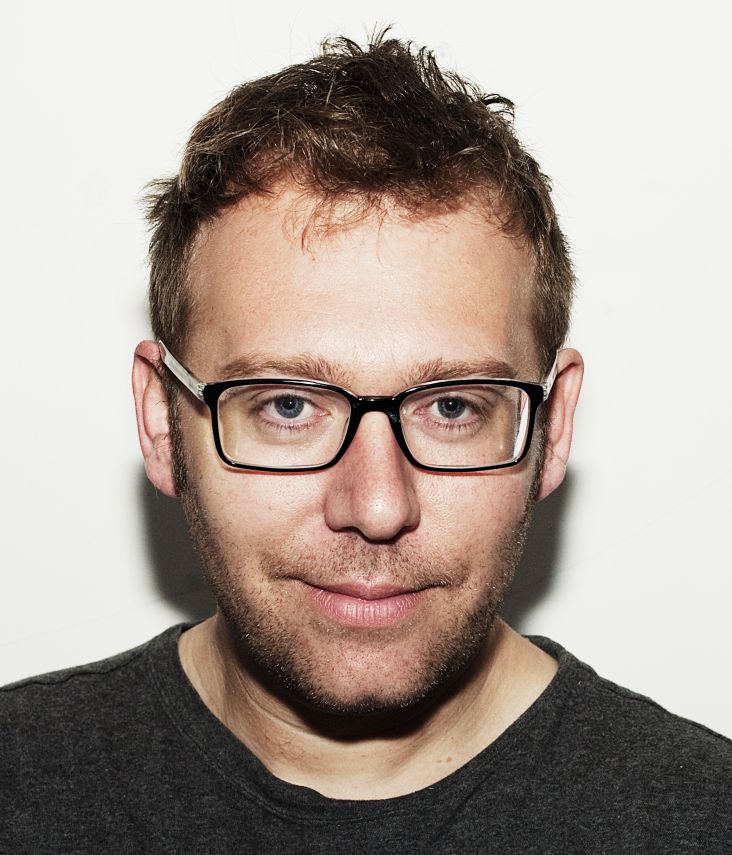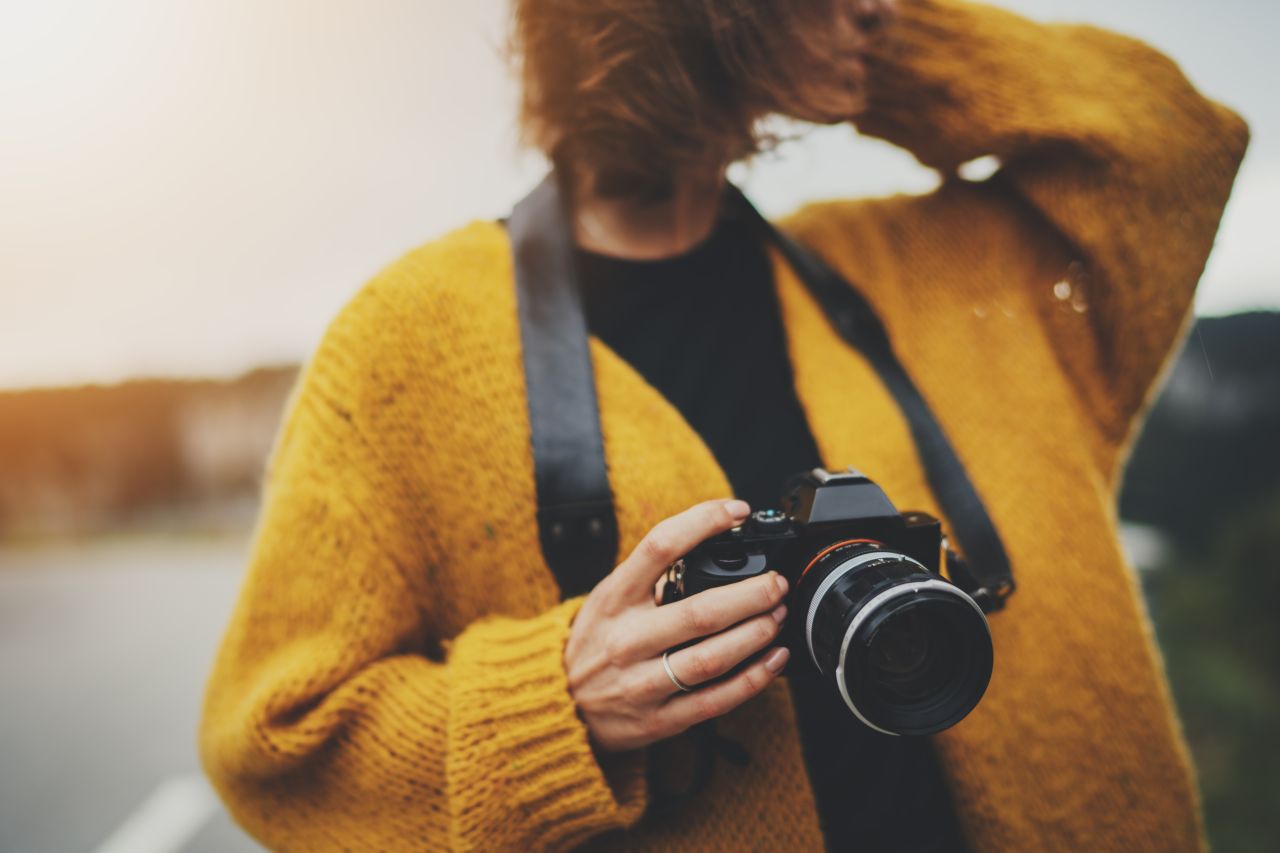
Image licensed via Adobe Stock
You're at a really good party, and you've spent hours dancing, chatting with old friends and meeting great new people. It's gone late into the night and early hours, but everyone is still buzzing. In fact, it feels like it's never going to end.
But all of a sudden, you turn around and notice the place is starting to thin out. The conversation is getting a bit muted. Everyone's a bit weary. You think it might be time to call it a night.
Right now, many of you are saying that's how social media feels.
All about algorithms
Like any new craze, it was fun for a while. But there's certainly nothing new about it any more. Facebook's now been around for almost two decades. Twitter's 17 years old. Even Instagram has reached its teens. And while many of us joined these platforms during their fun, "anything goes" eras, when everything was about the users, now it's all about the algorithms and their use to make venture capitalists vast amounts of money.
New social platforms are, of course, being launched all the time. At the start of this week, we published our guide to Bluesky Social, and since then Meta has launched Threads. But will these platforms breathe new life into social media? We're not convinced.
Functionally, they're just a rehash of Twitter, just not owned by Elon Musk. Nobody's creating anything fundamentally different. So it shouldn't be surprising that so many creatives feel pretty bored with the whole enterprise.
Ben Tallon, illustrator, hand-lettering specialist and host of The Creative Condition Podcast, is among them. "I feel jaded by social media," he says. "On a good day, I still like to share and stay on top of it, but the whole algorithm thing of late has reminded me that we can lose many hours of hard work because we do not own the platform.
"Twitter has become incredibly toxic and has been a series of diminishing returns," he adds. "As far as new ones, I'm struggling to find the energy to even look. So much of our lives are dominated by digital now, and I have to minimise my use in order to stay in the right creative headspace."
Illustrator Ben O'Brien agrees. "These past few years have seemed a bit 'off' for social media," he says. "2020-2021 was a bit of a heyday: it kept us all connected and entertained. But since then, it's all just got confusing, with algorithms and generational battles tearing us all apart. Nothing feels exciting or optimistic about it any more. TikTok has been great fun for some people, but I feel too old to even start on it."
He's recently tried Twitter alternatives Mastodon and Hive, but neither has stuck. Then he experimented with Twitter Blue, a subscription service that gives you extra Twitter features, and things started to look up. "My first few weeks were like the old days," he recalls. "I got great engagement and print sales. My account seemed to be reaching interesting new people." But this experience was short-lived. "After that first month, it's back to a handful of favourites on each tweet, even with 40k followers!"
The FOMO effect
Ben's experience suggests that the big user numbers reported by new platforms – Meta's new Threads app reached 30 million users in less than a day – need to be seen in context. Yes, we may be willing to spend 10 minutes signing up for the latest thing. But how much effort will we put in after that? Especially as some of us are just feeling exhausted by it all.
"I can't keep up with the changing social media landscape," says copywriter Tori Beat. "Literally cannot keep up. I feel so old and out of touch. I'm 38 and a half."
She's still trying, though. "I was adamant I didn't need any more social media in my life – I can't cope with the Instagram and LinkedIn profiles that I already have – but I joined Threads this morning after only knowing about it for 15 minutes," she reveals. "That's the FOMO effect in action, right there. I hope it will give me more opportunity to share thoughts and suffer less social anxiety and existential dread, but I'm not convinced."
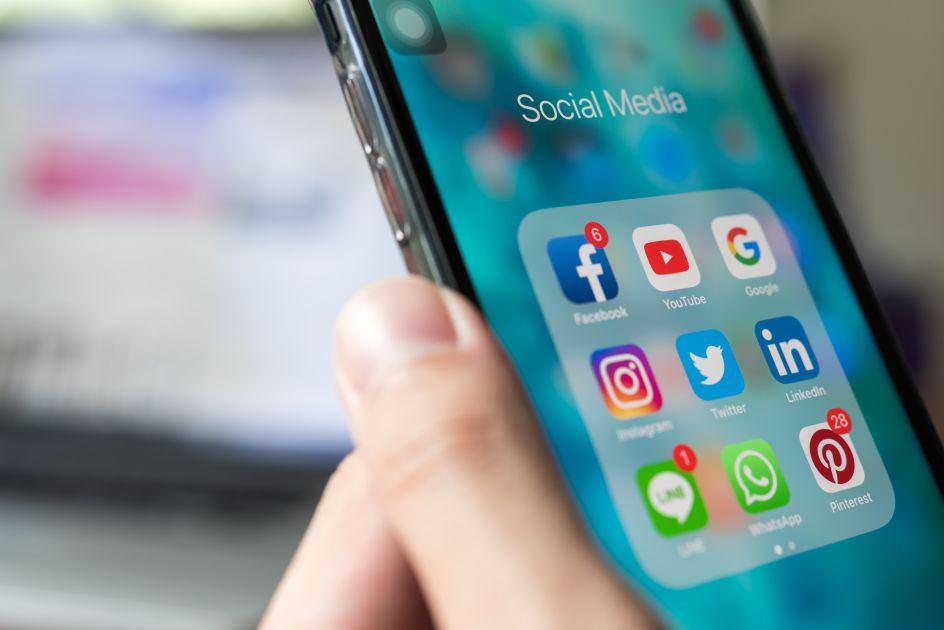
Image licensed via Adobe Stock. Credit: stnazkul - stock.adobe.com
Self-promo alternatives
This is all a big problem for creatives who rely on social media for self-promotion. So if that's no longer working, what are the alternatives?
"Despite my natural disorganised tendencies, I am trying to get back to print promo and mailing lists," says Ben Tallon. He points out that while this involves smaller numbers, it's far more targeted and leads to better-quality relationships.
Ben O'Brien has been following a similar path. "I recently went old-school with my self-promo and put together a real-life printed book, to promote my new alternative illustrations style," he explains. "I've been sending it out to creative directors and potential clients, and the reaction's been great. People have enjoyed getting something tactile and timeless."
More generally, he says, "I'm riding it out, focusing on reaching out directly to potential clients myself. I'm also busy mentoring young talent and aiming to prepare them as best I can in an ever-changing, and not always stable, creative industry." That said, social media still remains part of his self-promo mix for now, and that's typical among the creatives we've spoken to.
Mixing it up
"My feeling is that social media is still too big to give up," says graphic designer and illustrator Iancu Barbărasă. "It takes a lot of time and effort to be present on multiple platforms. But there is no clear winner at the moment. On the other hand, email is still the most reliable. You know who you're talking to, when and how.
"Earlier this year," he adds, "I emailed a previous client, saying 'you might like this recent project'. They did, leading to one of the most impressive collaborations I've ever done. Besides that, a few good old snail mailers – printed postcards, in my case – sent out occasionally also help.
"In the end," he concludes, "there's no easy solution. You must be on social media, have a website, and email people directly. Otherwise, you risk having long quiet periods, especially during the tricky economic times we seem to be in. There are no shortcuts. It's all about perseverance."
Brand and design consultant Bec Morris agrees. "In general, I'm finding that a balance of social media and 'real life' marketing techniques is the sweet spot for me," she says. "But I've found a big change in how people interact with my self-promotion since lockdown.
"After pretty much two years of being glued to screens, I think many of us can say that it's getting more difficult to engage people's attention spans and create pieces that stick around for longer than a day or so. I've always been a print designer at heart, so I thought I'd experiment with that format and found some amazing results."
She wryly notes how what used to be our only form of communication is now seen as a novelty. "So investing in printed pieces both for my own and my clients' promotion has gained a lot more attention," she explains. "And then when it's shared on social, the crossover builds a bigger success picture. Sensory experience is more important now than ever, so even the tactile quality of paper stock can elevate a marketing piece beyond the screen."
Fine arts photographer and creative writer Delilah Twersky tells a similar story. "I am still working with Instagram and my website, but I think marketing can look like many different things; for example, merchandise, things in physical forms, networking," she says. "Media platforms will always go in and out. Finding ways to interact with your audience will forever grow and change. That's why genuine connection is the priority."
I've found great value in online communities during the last few years. I don't think I'd know half the people I do now if it wasn't for being active on those sites.
The positive side
Of course, we wouldn't want to overstate things. Many creatives still find social media productive, enjoyable and fruitful. Multi-disciplinary designer Neeraj Kainth is one of them.
"Growing up, social media has had a massive presence in my life, and I've been active on many of the mentioned apps/sites since my early teens, so posting work on social media feels like second nature regardless of the engagement," he says. "As someone early in their creative career, I've found being active on social media and word of mouth have been the main ways people have discovered my work.
"I've found great value in online communities during the last few years," he adds. "I don't think I'd know half the people I do now if it wasn't for being active on those sites. When I meet creatives at events, the conversation usually starts with 'Oh hi, I've seen your work on Insta!' or 'We follow each other on Twitter'!"
That said, Neeraj recognises that social media isn't the be-all and end-all of everything. "I feel that as creatives, we can never just rely on one method in sharing and promoting our work," he says. "But socials aren't going anywhere any time soon. We might be beginning to hate sites like Twitter now, but we'll just move on to something better suited to us when the time comes; we always have."
Is LinkedIn better?
For many creatives, that "something better" might well be LinkedIn precisely because it's so business-focused and free of all the random trolling that besets other platforms. "I'm turning to LinkedIn a little more these days and find engagement to be a bit more encouraging over there," says Tori. So does Ben Tallon. "I lead with Linkedin now because it is all business," he explains.
Ben O'Brien is also becoming drawn to LinkedIn. "I only really seem to see creative industry posts on there, which is what I want, as opposed to politics, opinions etc," he explains. "I'm on there to share my work, see others' work, and connect with the creative industry. It may not be cool, exciting, or fresh, but it's super-handy for finding people and focusing on work when needed."
Overall, the message from most creatives is that rather than giving up social media, they're rebalancing. "When it comes to our professional life, I think social media still has a role," says Paul Bailey, brand strategy director at Halo. "But its role should never be everything. At Halo, we are pretty active on selected channels, but this isn't the only thing we do. From targeted direct mailers to email newsletters, in-person events to meetings, we support our social presence and digital activity with physical activity.
"The digital and physical have to work hand in hand," he concludes. "This has been the way ever since the birth of the internet, and it will be the way as the internet evolves."

















